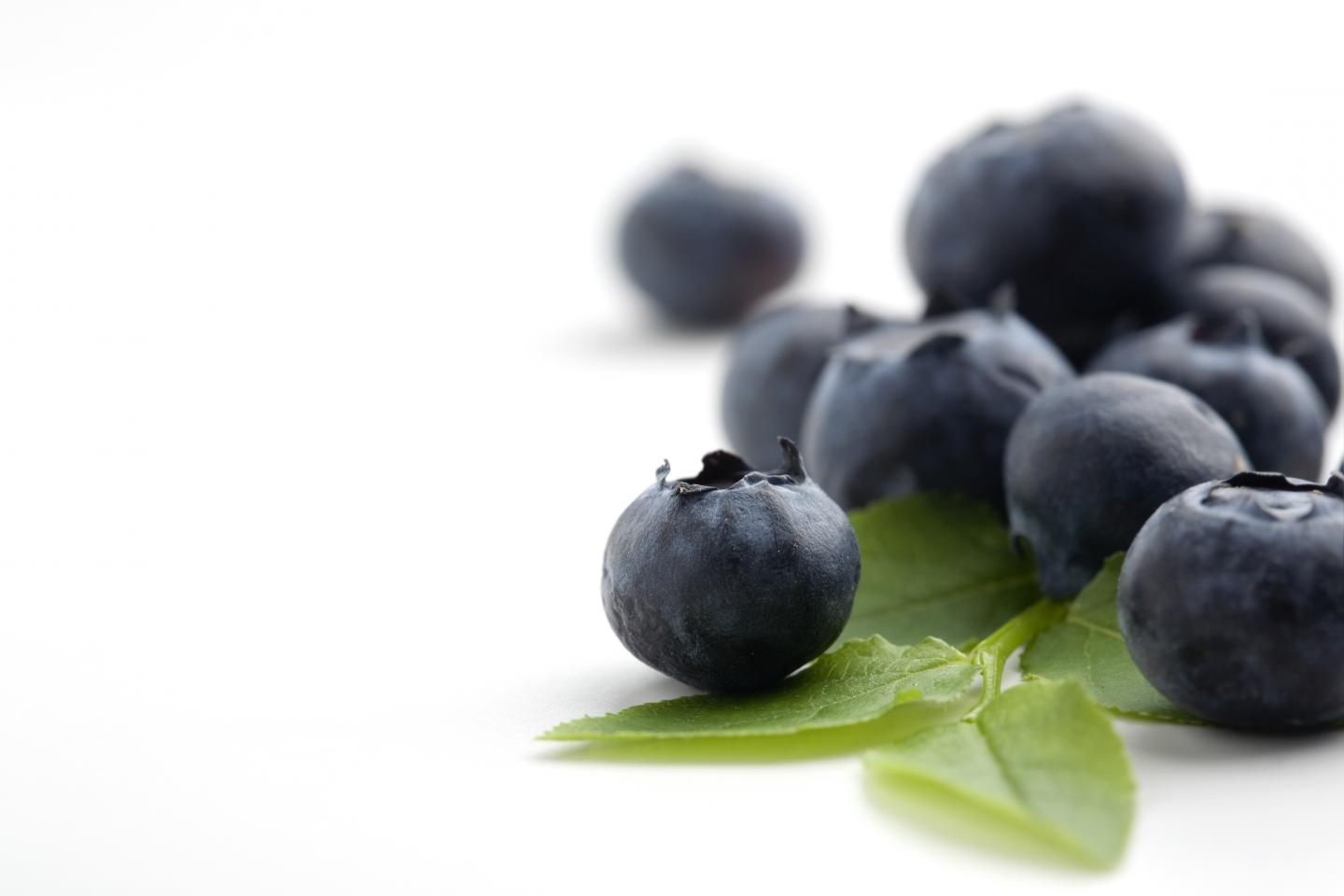
New health benefits discovered in berry pigment. Credit: Plugi
Naturally occurring pigments in berries, also known as anthocyanins, increase the function of the sirtuin 6 enzyme in cancer cells, a new study from the University of Eastern Finland shows. The regulation of this enzyme could open up new avenues for cancer treatment. The findings were published in Scientific Reports.
Sirtuins are enzymes regulating the expression of genes that control the function of cells through key cellular signalling pathways. Ageing causes changes in sirtuin function, and these changes contribute to the development of various diseases. Sirtuin 6, or SIRT6 for short, is a less well-known enzyme that is also linked to glucose metabolism.
Berries get their red, blue or purple colour from natural pigments, anthocyanins.
“The most interesting results of our study relate to cyanidin, which is an anthocyanin found abundantly in wild bilberry, blackcurrant and lingonberry,” says Minna Rahnasto-Rilla, Doctor of Pharmacy, the lead author of the article.
Cyanidin increased SIRT6 enzyme levels in human colorectal cancer cells, and it was also discovered to decrease the expression of the Twist1 and GLUT1 cancer genes, while increasing the expression of the tumour suppressor FoXO3 gene in cells.
The researchers also designed a computer-based model that allowed them to predict how different flavonoid compounds in plants can regulate the SIRT6 enzyme.
The findings indicate that anthocyanins increase the activation of SIRT6, which may play a role in cancer pathogenesis. The study also lays a foundation for the development of new drugs that regulate SIRT6 function.
Working at the School of Pharmacy of the University of Eastern Finland, the Sirtuin Research Group studies whether anthocyanins found in berries could activate SIRT6 function and, consequently, reduce the expression of cancer genes and cancer cell growth. The group also develops new compounds targeting the epigenetic regulation of gene function.
The Finnish-American study included researchers from the University of Eastern Finland and the National Institute on Ageing in the US. The study was funded by the Academy of Finland, the Finnish Cultural Foundation, and the US National Institute of Health.




